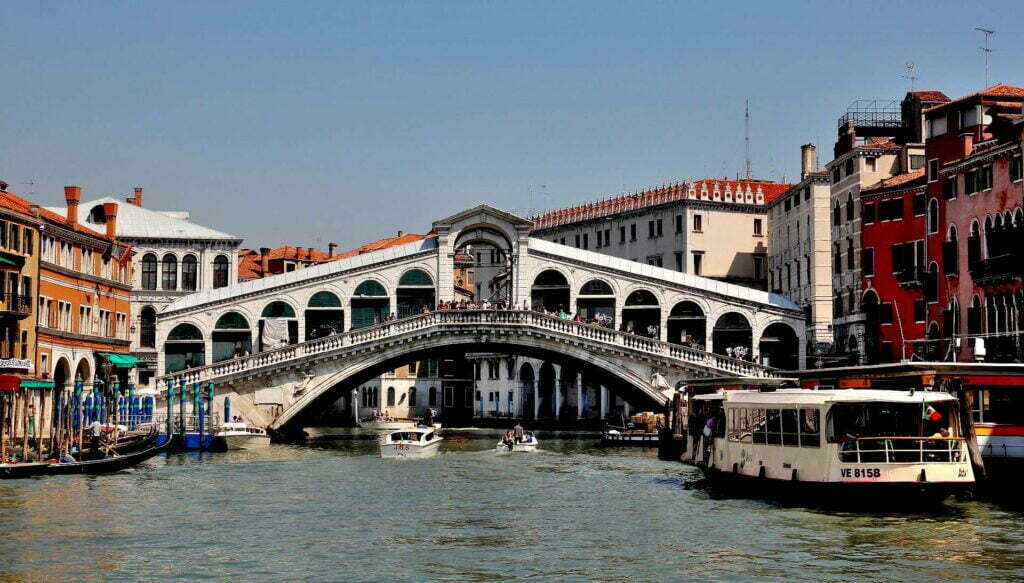The regions of Italy, also known as Regioni d’Italia, are the Italian Republic’s first-level administrative divisions, constituting its second Nomenclature of Territorial Units for Statistics, or NUTS, administrative level. Each region is an autonomous entity with specific powers under the Italian Constitution.
How many Regions are there in Italy
Italy is divided into 20 administrative regions, each with its own distinct culture, history, and attractions. Here’s an overview of the regions, their administrative status, capitals, and some famous travel destinations within each:
Best Regions of Italy to Visit
Best Italian places to visit of Italian States: Names of the world heritage sites in Italy, according to their regions. This list showcases Italy’s incredible cultural, historical, and natural heritage recognized by UNESCO across its regions. Here is a list of UNESCO World Heritage Sites in Italy categorized by their respective regions:
Abruzzo
Administrative Status: Region. Capital: L’Aquila.
Famous Travel Places: Gran Sasso National Park, Abruzzo’s charming hill towns, and Adriatic coastline. Gran Sasso and Monti della Laga National Park.
Basilicata
Administrative Status: Region. Capital: Potenza.
Famous Travel Places: Matera’s Sassi and Pollino National Park. The Sassi and the Park of the Rupestrian Churches of Matera.
Calabria
Administrative Status: Region. Capital: Catanzaro.
Famous Travel Places: Tropea, Sila National Park, and Aspromonte National Park.
Campania
Administrative Status: Region. Capital: Naples.
Famous Travel Places: Pompeii, Amalfi Coast, Capri, and Sorrento. UNESCO Sites: (i) Historic Centre of Naples. (ii) Royal Palace of Caserta, with the Park, the Aqueduct of Vanvitelli, and the San Leucio Complex. (iii) Archaeological Areas of Pompei, Herculaneum, and Torre Annunziata. (iv) Amalfi Coast.

Amalfi Coast Itinerary
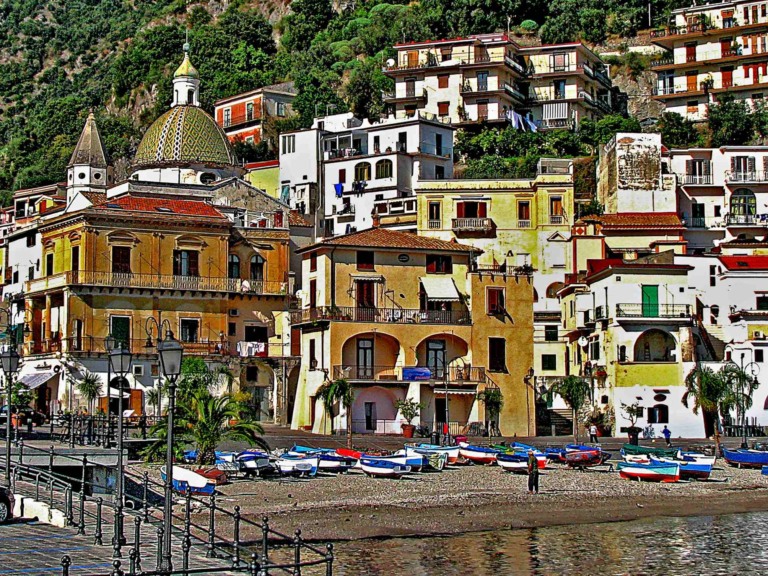
Non Touristy Things to do in Amalfi Coast
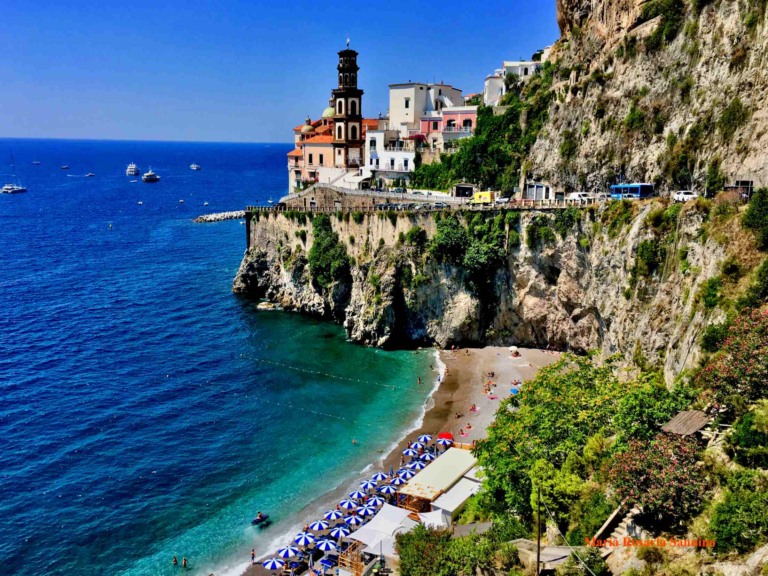
Costiera Amalfitana Facts History
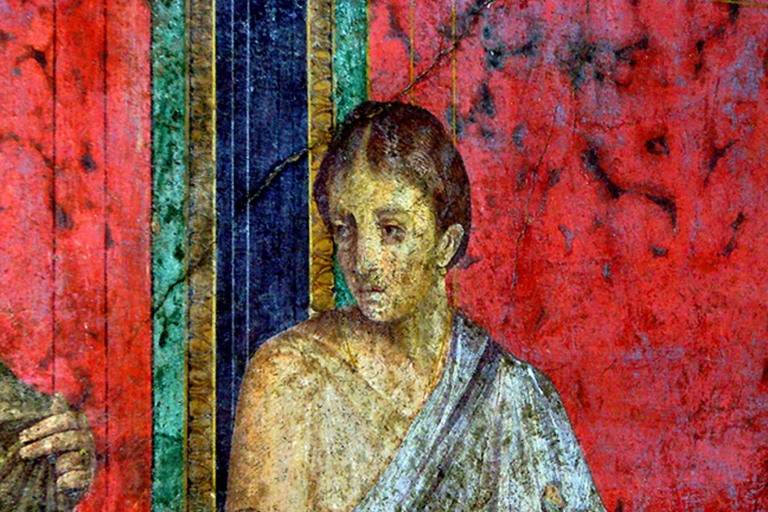
Pompeii Herculaneum Torre Annunziata
Emilia-Romagna
Administrative Status: Region. Capital: Bologna.
Famous Travel Places: Bologna’s historic center, the Ferrari Museum in Maranello, and Ravenna’s mosaics. UNESCO Sites: (i) Cathedral, Torre Civica, and Piazza Grande, Modena. (ii) Ferrara, City of the Renaissance, and its Po Delta.
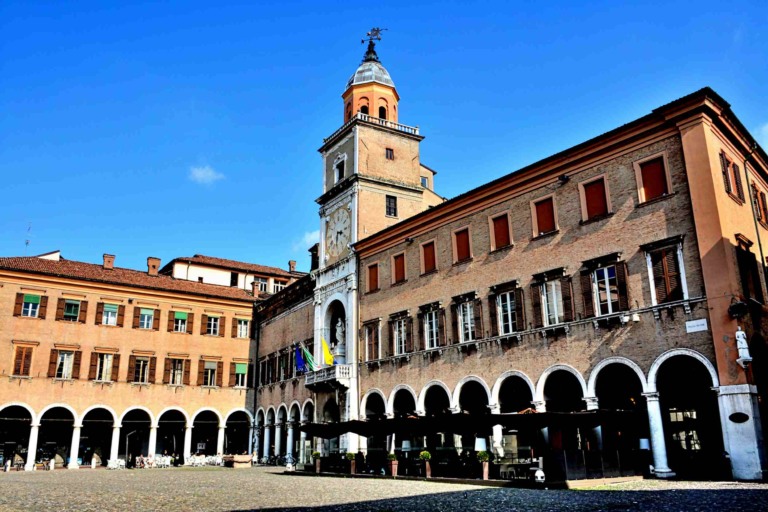
Modena Cathedral Torre Civica Piazza Grande
Friuli-Venezia Giulia
Administrative Status: Region. Capital: Trieste.
Famous Travel Places: Trieste, Cividale del Friuli, and Grado. UNESCO Sites: (i) Patriarchal Basilica of Aquileia. (ii) Archaeological Area and the Patriarchal Basilica of Aquileia.
Lazio
Administrative Status: Region. Capital: Rome.
Famous Travel Places: Rome’s historic sites, Vatican City, and Tivoli’s Villa d’Este. UNESCO Sites: Historic Centre of Rome, the Properties of the Holy See in that City Enjoying Extraterritorial Rights and San Paolo Fuori le Mura.
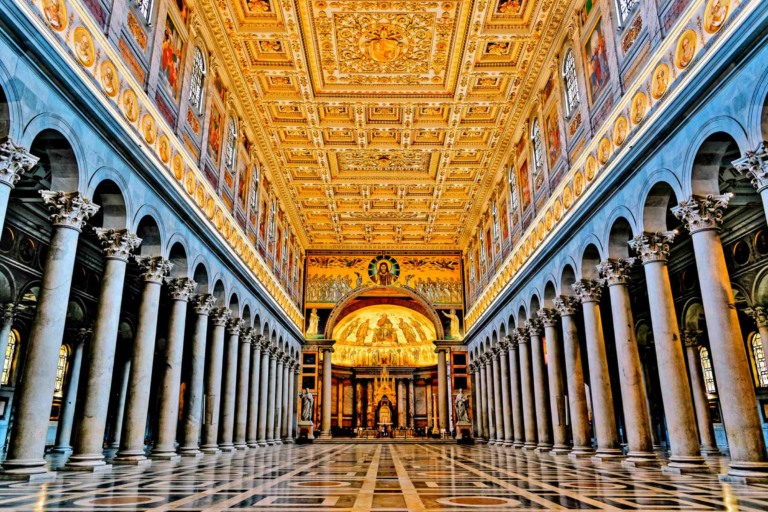
Rome City Center Holy See St Paul
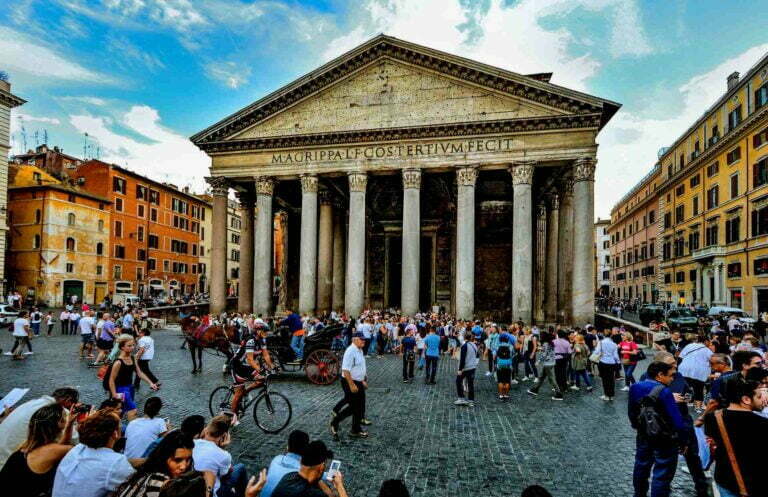
Pantheon Rome
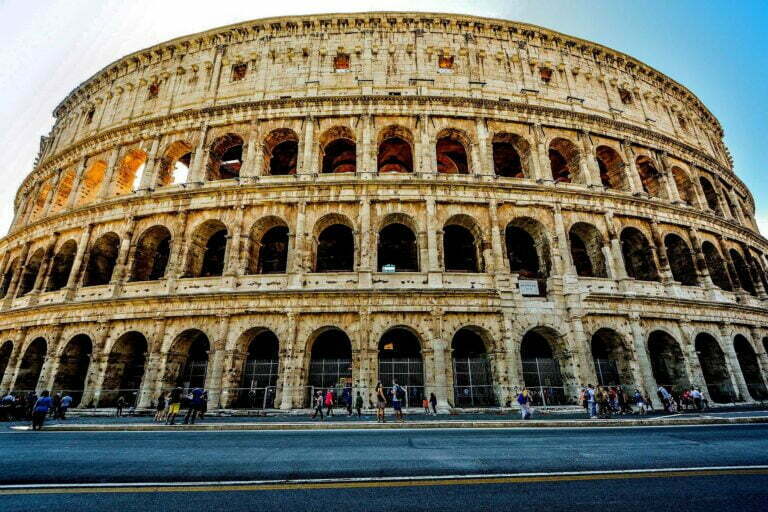
Roman Colosseum
Liguria
Administrative Status: Region. Capital: Genoa.
Famous Travel Places: Cinque Terre, Portofino, and Genoa’s Historic Center. UNESCO Sites: (i) Portovenere, Cinque Terre, and the Islands (Palmaria, Tino, and Tinetto). (ii) Genoa: Le Strade Nuove and the system of the Palazzi dei Rolli.
Lombardy
Administrative Status: Region. Capital: Milan.
Famous Travel Places: Milan’s cultural attractions, Lake Como, and Lake Garda. UNESCO Sites: (i) Rock Drawings in Valcamonica. (ii) Church and Dominican Convent of Santa Maria delle Grazie with “The Last Supper” by Leonardo da Vinci. (iii) Prehistoric Pile dwellings around the Alps. (iv) Crespi d’Adda.
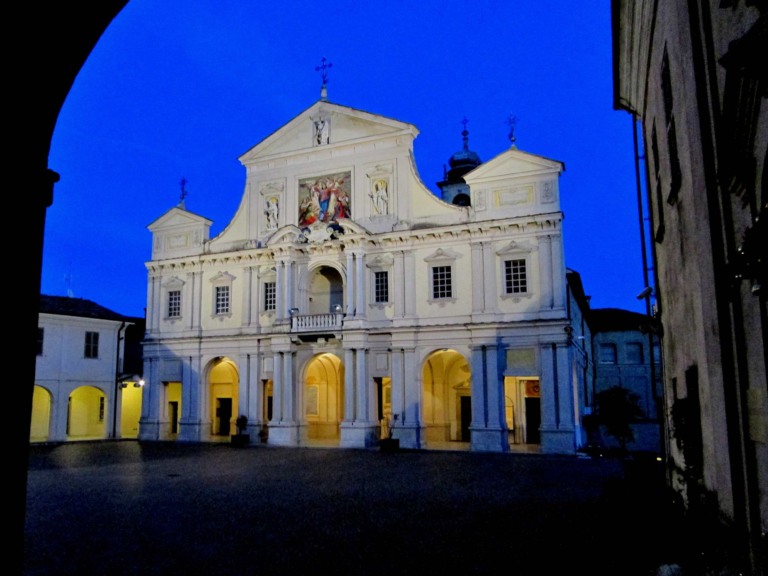
Sacri Monti of Piedmont and Lombardy
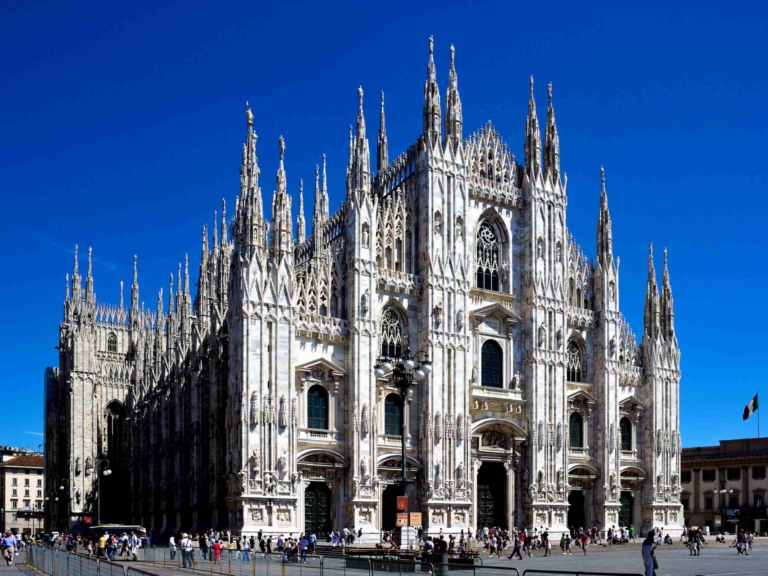
Milan Cathedral Italy
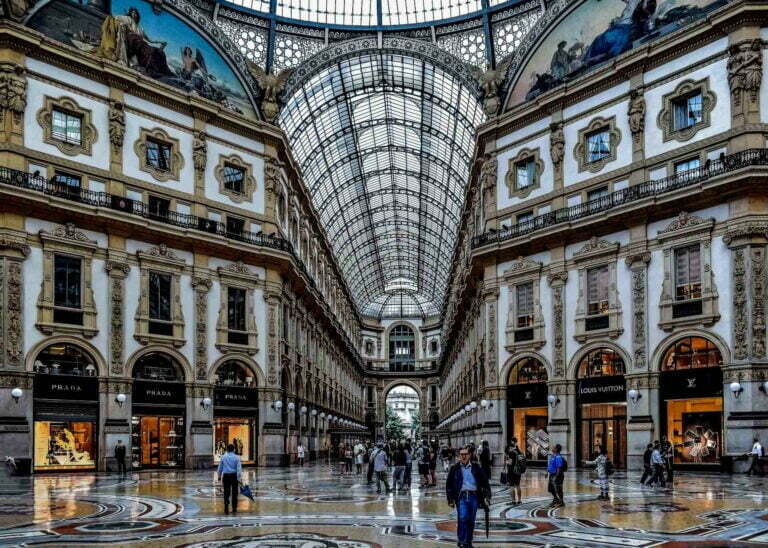
Milan Things To Do
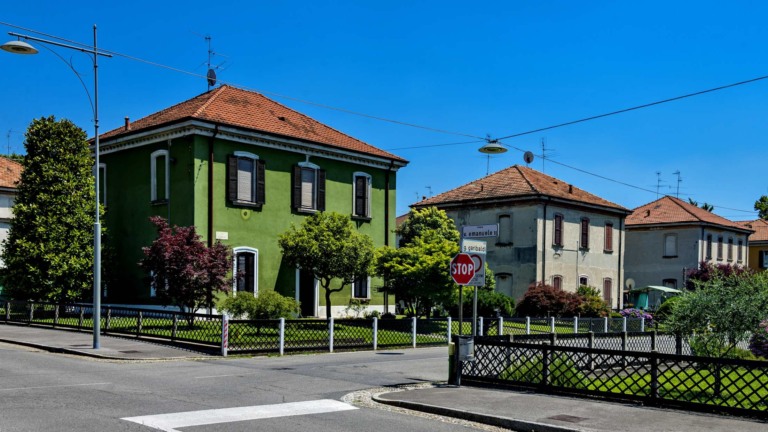
Crespi d’Adda
Marche
Administrative Status: Region. Capital: Ancona.
Famous Travel Places: Urbino, Conero Riviera, and Loreto. UNESCO Site: Historic Centre of Urbino.
Molise
Administrative Status: Region. Capital: Campobasso.
Famous Travel Places: Termoli and Agnone.
Piedmont
Administrative Status: Region. Capital: Turin.
Famous Travel Places: Turin’s museums, the Langhe wine region, and Lake Maggiore. UNESCO Sites: (i) Residences of the Royal House of Savoy. (ii) Vineyard Landscape of Piedmont: Langhe-Roero and Monferrato.
Apulia (Puglia)
Administrative Status: Region. Capital: Bari.
Famous Travel Places: Alberobello’s Trulli, Lecce’s Baroque architecture, and Gargano National Park.
Sardinia (Sardegna)
Administrative Status: Region. Capital: Cagliari.
Famous Travel Places: Costa Smeralda, Alghero, and Nuraghe di Barumini. UNESCO Site: Su Nuraxi di Barumini.
Sicily (Sicilia)
Administrative Status: Region. Capital: Palermo.
Famous Travel Places: Palermo’s markets, Taormina, and the Valley of the Temples in Agrigento. UNESCO Sites: (i) Archaeological Area of Agrigento. (ii) Villa Romana del Casale. (iii) Archaeological Sites of Pompei, Herculaneum, and Torre Annunziata.
Trentino-Alto Adige
Administrative Status: Autonomous Region. Capital: Trento.
Famous Travel Places: Dolomites, Bolzano, and Merano. UNESCO Site: The Dolomites.
Tuscany (Toscana)
Administrative Status: Region. Capital: Florence.
Famous Travel Places: Florence’s art and architecture; Siena; and Pisa’s Leaning Tower. UNESCO Sites: (i) Historic Centre of Florence. (ii) Piazza del Duomo, Pisa. (iii) Historic Centre of San Gimignano. (iv) Historic Centre of Siena. (v) Historic Centre of the City of Pienza. (vi) Val d’Orcia.
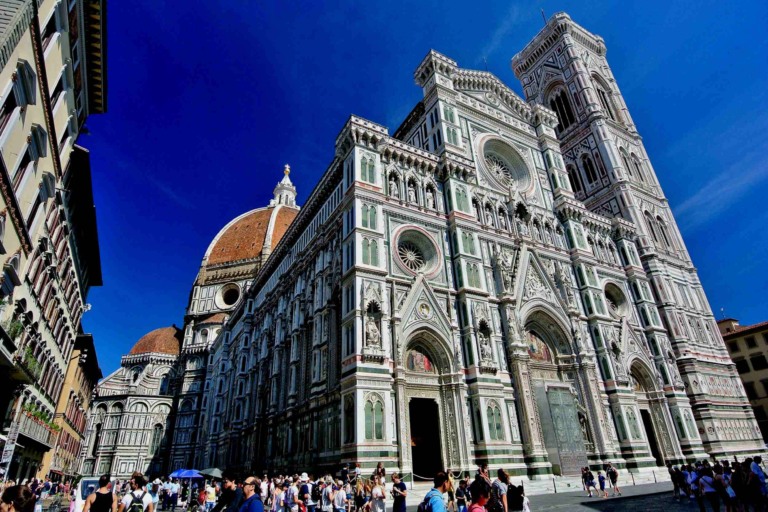
Historic Centre of Florence
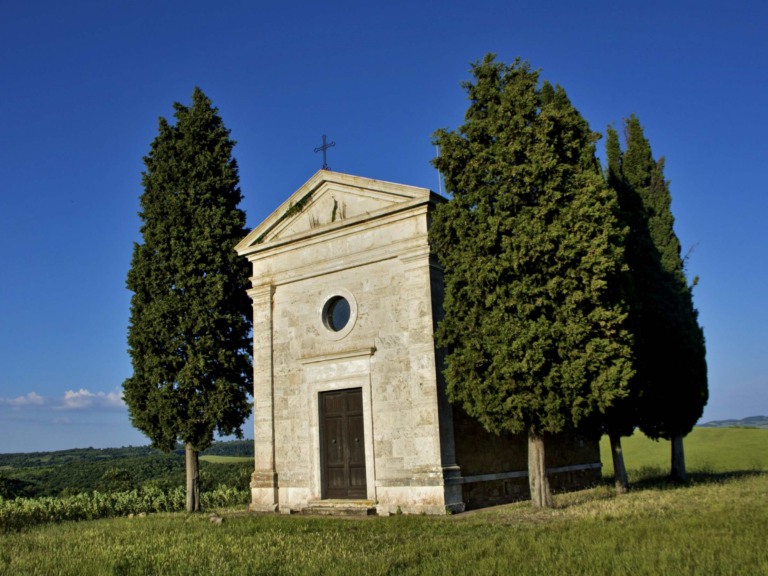
Val dOrcia
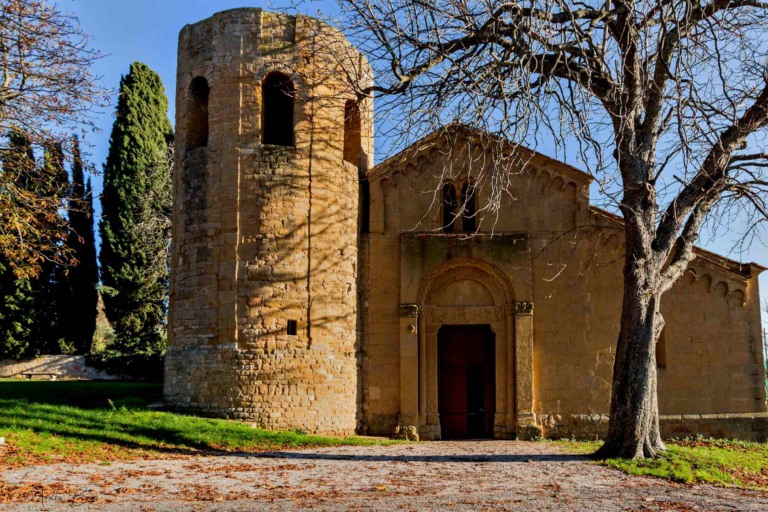
Pienza Italy

Historic Centre of San Gimignano
Umbria
Administrative Status: Region. Capital: Perugia.
Famous Travel Places: Assisi, Perugia, and Orvieto. UNESCO Site: Assisi, the Basilica of San Francesco and Other Franciscan Sites.
Aosta Valley (Valle d’Aosta)
Administrative Status: Autonomous Region. Capital: Aosta.
Famous Travel Places: Matterhorn, Courmayeur, and Gran Paradiso National Park.
Veneto
Administrative Status: Region. Capital: Venice.
Famous Travel Places: Venice’s canals and landmarks, Verona, and the Dolomites. UNESCO Sites: (i) Venice and its Lagoon. (ii) City of Vicenza and the Palladian Villas of the Veneto. (iii) Historic Centre of Florence. (iv) Botanical Garden (Orto Botanico), Padua.
Each region in Italy offers a unique blend of history, culture, natural beauty, and culinary delights, making the country a diverse and captivating destination for travelers.
